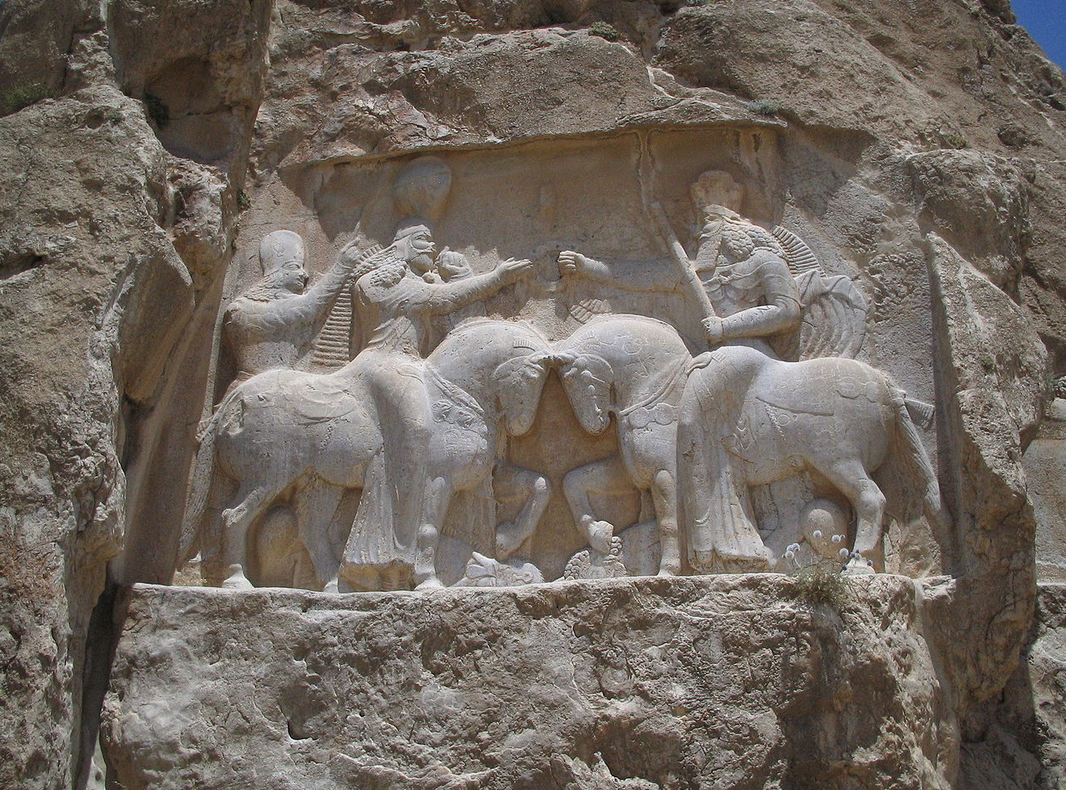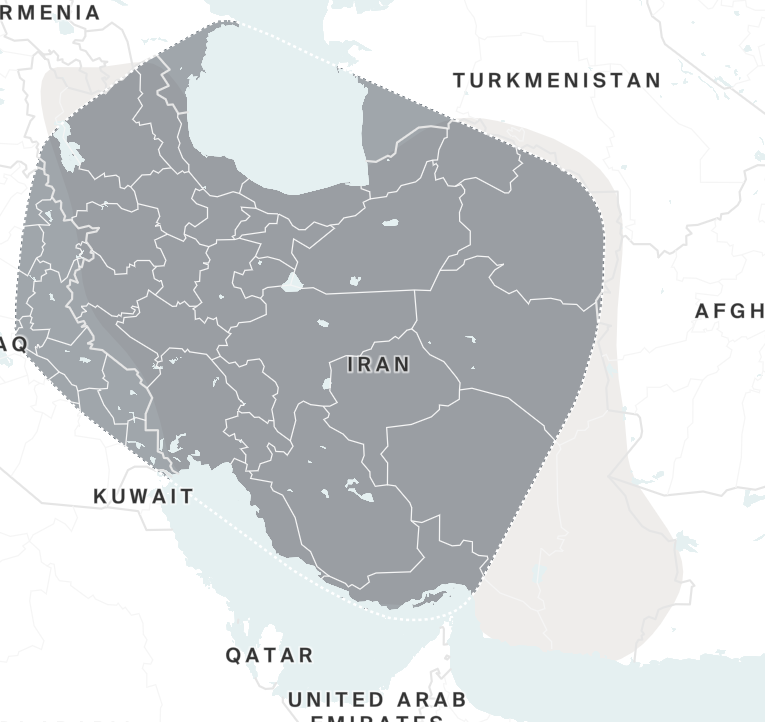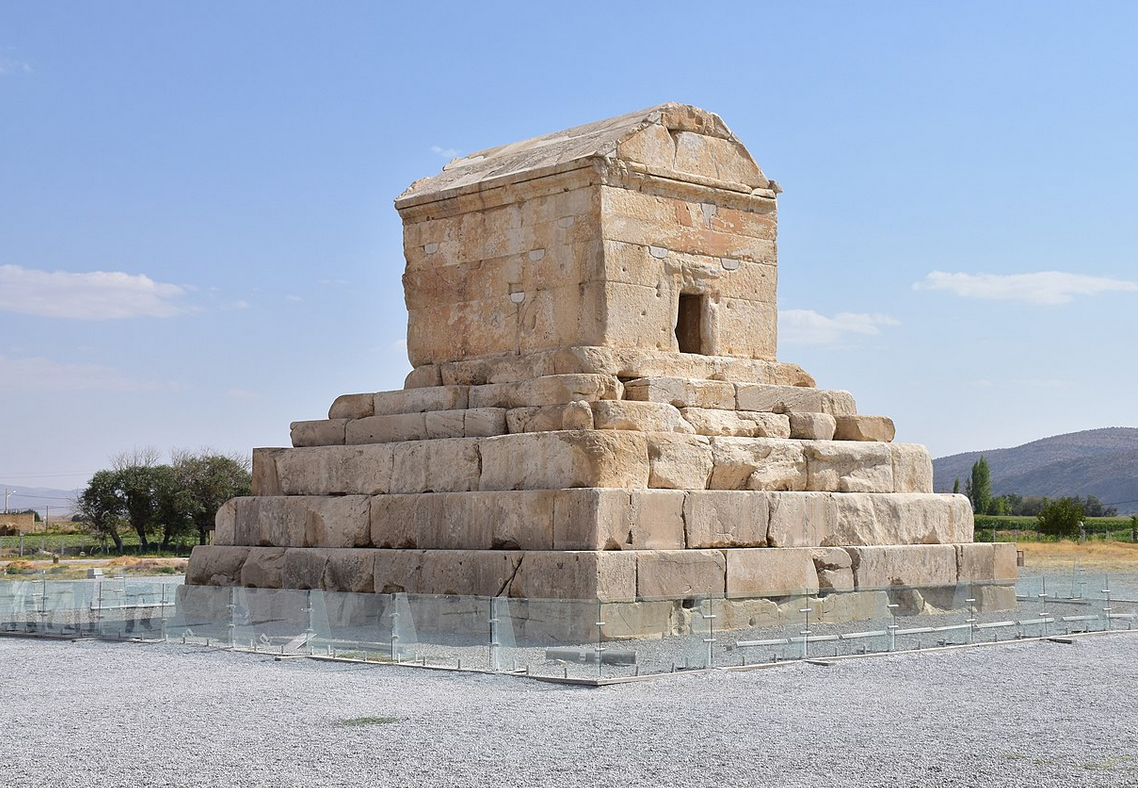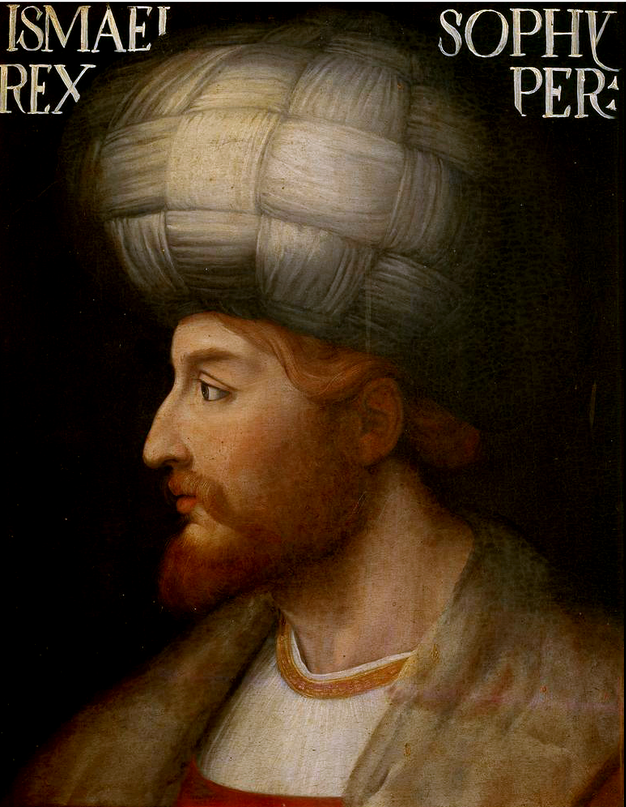What is Iran Persia DNA Ethnicity on Ancestry?
The results of our AncestryDNA tests may sometimes be what we expect or on occasion may be a big surprise. Either way, often we need a little more information regarding some of the regions that arise in our ethnicity estimates.

One region that is not at all uncommon is the Iran/Persia DNA region. Those who still live in this region already understand all about its history and culture. There are others, however, who may never have even visited or in fact been aware that they have ancestors from that area.
In this post we will go into more detail with regards to the history, geography and culture of the Iran/Persia region. We will also discuss what it means to be from this region and how easy or difficult it might be to trace our roots in the Iran/Persia Region.
What Is the Iran/Persia DNA Region?
The Iran/Persia DNA region as the name suggests focuses on the country of Iran. It also extends into the neighboring regions of:
- Turkmenistan
- Azerbaijan
- Armenia
- Iraq
- Afghanistan
- Pakistan

Iran/Persia DNA Region Subregions
The Iran/Persia DNA region consists of 4 main subregions which is particularly important for those researching their Iran/Persia region origins. This is beneficial as it can help further define where your ancestors in this region may have come from.
The subregions of Iran/Persia are:
- Baghdad & Western Iran: Found in western Iran and parts of eastern Iraq
- Eastern Iraq & Central Iran: Found in central western Iran and parts of eastern Iraq
- Eastern Iraq, Western Iran & the Caspian Coast: Found in northeastern Iraq, southern Azerbaijan, southern Armenia and western Iran
- Northwestern Iran: Focuses on the northwestern region of the country of Iran
Iran/Persia Region History
Prehistory
There is evidence of hominid presence in the region we know today as Iran dating back hundreds of thousands of years into the Lower Paleolithic. Comparatively more recently Neanderthal artifacts from the Middle paleolithic confirm the presence of this human relative species in the region.
Humans would have likely been in the region around the same time as Neanderthals and around 40,000 years ago would have become the dominant hominid species with the disappearance of the more primitive neanderthal species.
Between the 34th – 20th centuries BC, northwestern Iran was home to the Kura-Araxes culture. This group of humans would also extend into the neighboring Caucasus and Anatolia.
Archaeological evidence indicates the growth of agricultural communities in the region between the 10th and 7th centuries BC in what is today western Iran. These may have been sporadic farms but later between 3680 – 3490 BC grouped hamlets started to form around the ancient city of Susa.
Ancient Iranians
Around the second millennium BC, the ancient Iranian peoples arrived in what is now Iran from the Eurasian Steppe. They would come into conflict with the existing indigenous groups.
As the newly arrived Iranians dispersed throughout Iran and beyond, the boundary regions of what we call modern-day Iran were dominated by tribes such as the Medians, Persians, and Parthians. Also around the same time The Assyrian empire would arrive in the region settling vast areas of western Iran.
The Assyrians came from modern-day Iraq where at one time their capital city Assur sat along the western bank of the Tigris River. They would dominate the new Iranians and the existing peoples of the region.
Civil War
Around 616 BC King Cyaxares of the Medes would join with the Persians, the Babylonian ruler Nabopolassar, the Iranian Scythians and the Cimmerians to mount an attack on the Assyrian Empire. This civil war raged from 616 – 605 BC and ultimately freed the region from centuries of Assyrian control.
The Assyrians defeated it was not long until the former allies started to squabble among themselves to establish dominance in the region. This would lead to centuries of empires rising and falling in the region and continued efforts from Iraq based civilizations to take control of their neighbor Iran.
European Influences
After centuries of shifting control in Iran Alexander the Great invaded the Achaemenid Empire in 334 BC. Alexander defeated Darius III, the last Achaemenid emperor, at the Battle of Issus. The great conqueror however prematurely died sometime after leaving Iran under the control of the Hellenistic Seleucid Empire.
In the mid-second century BC, the Parthian Empire rose in the region becoming the main power in Iran. This would create a century-long geopolitical rivalry between the Romans and the Parthians. This would culminate in the Roman–Parthian Wars.

The Parthian Empire would become a feudal monarchy for nearly five centuries, until 224 CE. It was succeeded by the Sasanian Empire who, together with their neighboring rivals the Roman-Byzantines, would become the two most powerful empires of the era.
The Sasanians' empire was such that its influences spread far beyond its own borders. Indications are that trade took Sasnian influence to Rome, Western Europe, Africa, China and India.
Arab Invasions
A constant state of conflict with the Byzantine Empire and internal power struggles left Iran under the Sasanians vulnerable to Arab Invasion. This was in the 7th century AD and the empire would initially fall to the Rashidun Caliphate from West Asia.
This first takeover by the Rashidun was succeeded by the Umayyad Caliphate who in turn were followed by the Abbasid Caliphate. This all triggered a prolonged and gradual process of state-imposed Islamization that targeted Iran's then Zoroastrian majority. As is common in such cases this would include state sanctioned religious persecution
Following two centuries of Arab rule, a group of semi-independent and independent Iranian kingdoms arose in Iran which included the Tahirids, Saffarids, Samanids, and Buyids. They became a presence on the fringes of the declining Abbasid Caliphate
This would usher in a new golden age of advancement for Iran with literature, philosophy, mathematics, medicine and astronomy taking center stage. This would peak in the 10th and 11th centuries.
How Did You Get Iran/Persia Region DNA?
If you already know that you had family who came from Iran/Persia or any of the bordering states then you know why you have Iran/Persia region DNA. If this result came as a surprise you may not know how exactly you came by DNA from this region.
If you have a sizable percentage of DNA from this region then it is likely you have an ancestor who was born in or close to the country of Iran/Persia.

Is the Result Accurate?
When it comes to ethnicity estimates the higher the percentage you have from a certain region the more likely it is to be accurate. If your percentage is low, however, then it is harder to pinpoint exactly where your most recent ancestors came from.
A low result could mean a distant ancestor from that region. It is best to focus on your highest rated region's matches to determine where your ancestors came from more recently. A low percentage can often be hard to locate because the ancestor in question could be many generations back in your tree.
How to Research my Ancestry from These Regions
The results of a DNA ethnicity test are of course a great place to start especially if there is an unexpected result found in the report. As always of course the DNA cannot tell the whole story and we need to actually do the research work.
A percentage on an ethnicity estimate means very little unless you follow through and start building up your family tree. The relevant ancestors may be several generations back and it may take a lot of research to discover who they were.
If you have specific regions mentioned in your report then you have a good idea of where your ancestor may have originated from. Ancestry DNA even has migratory information from some of these regions through to the final settlement places in the United States or elsewhere in the world.
Using Ancestry you may be able to determine not only who your ancestors were but where they are from in the region and perhaps the reason they decided to move.
Iranian Migration
Large scale migration to the United States from The Iranian region was at its peak between the 1940 – 1970s. An attractive destination for students, the major colleges were eager to attract students from around the world.
The second wave of migration came as a result of the Iranian Revolution in the late 1970s and early 1980s. By 1980 123,000 Iranian Americans were living in the US by 2020 this number would grow to over 360,000.
Final Thoughts
The Iran/Persia DNA region saw hominid presence for millions of years and was also likely one of the first regions that modern humans would have settled upon their migration out of Africa. The prehistory of humans in the region shows a successful agricultural society that became a target of many global empires.
As a country today it is a region of much controversy but at one time it saw advancements in human understanding and enlightenment that would change the course of global society.
Link To or Reference This Page
We spent a lot of time downloading, cleaning, merging, and formatting the data that is shown on the site.
If you found the data or information on this page useful in your research, please use the tool below to properly cite or reference Name Census as the source. We appreciate your support!
-
<a href="https://namecensus.com/blog/what-is-iran-persia-dna-ethnicity-on-ancestry/">What is Iran Persia DNA Ethnicity on Ancestry?</a>
-
"What is Iran Persia DNA Ethnicity on Ancestry?". NameCensus.com. Accessed on May 7, 2024. https://namecensus.com/blog/what-is-iran-persia-dna-ethnicity-on-ancestry/.
-
"What is Iran Persia DNA Ethnicity on Ancestry?". NameCensus.com, https://namecensus.com/blog/what-is-iran-persia-dna-ethnicity-on-ancestry/. Accessed 7 May, 2024
-
What is Iran Persia DNA Ethnicity on Ancestry?. NameCensus.com. Retrieved from https://namecensus.com/blog/what-is-iran-persia-dna-ethnicity-on-ancestry/.
